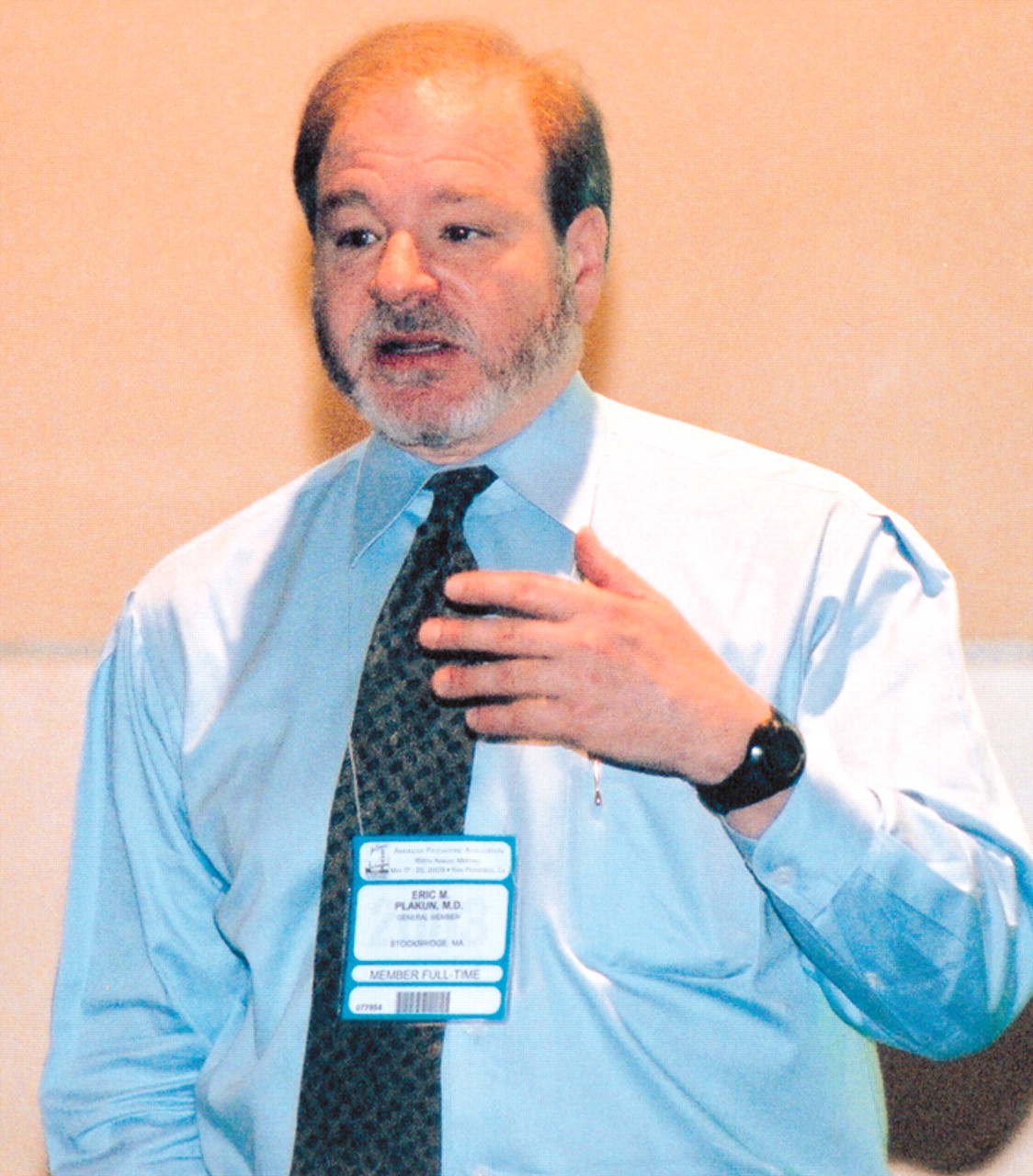Psychiatrists Often Overwhelmed By a Patient's Suicide
Psychiatrist Eric Plakun, M.D., maintains that "there are two kinds of psychiatrists-those who have had a patient commit suicide, and those who will." And in contrast to physician colleagues in other specialties, for whom a patient's death is a far more common occurrence, when a psychiatric patient dies by suicide, the impact on the clinician can be so profound that isolation and professional disillusionment are common reactions, he noted.
Speaking at an APA annual meeting workshop in San Francisco in May, Plakun, a psychiatrist at the Austen Riggs Center in Stockbridge, Mass., pointed out that many residency programs and facilities with inpatient psychiatric services ignore this "difficult, important, and painful issue."
This failure to pay attention to the needs of clinicians who were treating someone who commits suicide is especially troubling, he said, because the emotional consequences for the clinician are severe; he cited one study that equated it with the stress of losing a parent.
One psychiatrist in the workshop audience acknowledged that several years after one of her patients committed suicide, she was still grappling with the impact. Another psychiatrist stressed that suicides of psychiatric patients are not as rare as many believe. He noted that he had five colleagues who lost patients to suicide and was "angry" that the administrators of his facility had failed to come up with "an adequate response" to help this and other clinicians cope with such a tragedy.
Edward Shapiro, M.D., medical director and CEO of Austen Riggs, agreed that "there is a lot of institutional denial" about the need to prepare clinicians for a patient's suicide, though the psychiatric administrators know suicides are inevitable.
Austen Riggs has formed a group whose mission is to focus on the problems of clinicians who are "struggling with the horror of losing a patient," said Shapiro. In a facility that treats seriously ill psychiatric patients, as many as 60 percent may be at significant suicide risk, he noted.
Jane Tillman, Ph.D., a psychologist at Austen Riggs, has for the last six years been conducting a study of therapists confronting the suicide of a patient. The project's goal is to identify common themes in the clinicians' reactions to help others in the same situation understand what they should expect after a patient's suicide.
Tillman said that preliminary results from interviews with the first nine participants (she hopes eventually to enroll 15 clinicians), three of whom are psychiatrists, point to seven common reactions after a patient commits suicide:
An initial reaction of shock. One participant reported a common response of being "totally overwhelmed and shutting down at the same time." | |||||
Crying, grief, and sadness. | |||||
Changed relationships with colleagues. | |||||
Dissociation from the event. Tillman reported one characteristic response in which the clinician said that many of her peers came to talk with her right after the event, but over the long term a "subtle isolation occurred that's hard to understand." Another talked of "a mutual pulling away," leaving the clinician to deal with the emotions alone and with a feeling of being isolated. | |||||
Crises of faith about psychotherapy and intensive treatment modalities. Several clinicians in the study said "they were in it for the long haul" with the patient who had committed suicide, Tillman noted, but now wondered whether their attempts at therapy were misguided or whether they even wanted to work again with seriously depressed or psychotic patients. | |||||
Experiences of shame and embarrassment, often accompanied by a fear of blame or reprisal. | |||||
Grandiosity-a belief that with just the right words, the clinician could have prevented the patient's suicide. | |||||

Eric Plakun, M.D.: "There are two kinds of psychiatrists-those who have had a patient commit suicide, and those who will."
It is important to "take the space you have before the lawsuits begin" to support the staff who have been treating the patient who committed suicide, Shapiro stressed.
"Institutional denial" is an all-too-common reaction by administrators and supervisors, Shapiro added, though they are well aware that patient suicides do occur in programs that treat the seriously mentally ill.
His point was brought home vividly by a PGY-3 psychiatrist in the workshop audience who said that when a patient committed suicide during the resident's first year of training, the training director "could not find the time" to help him cope with the shock. He noted that it became difficult for him to continue to listen to other patients and be empathetic as he continued to ruminate on the event for months afterward.
One problem that psychiatrists face in emotionally processing a patient's suicide, added panelist Edward Rynearson, M.D., is that "we have a one-to-one relationship with patients; we have nothing to offer other than ourselves." ▪



